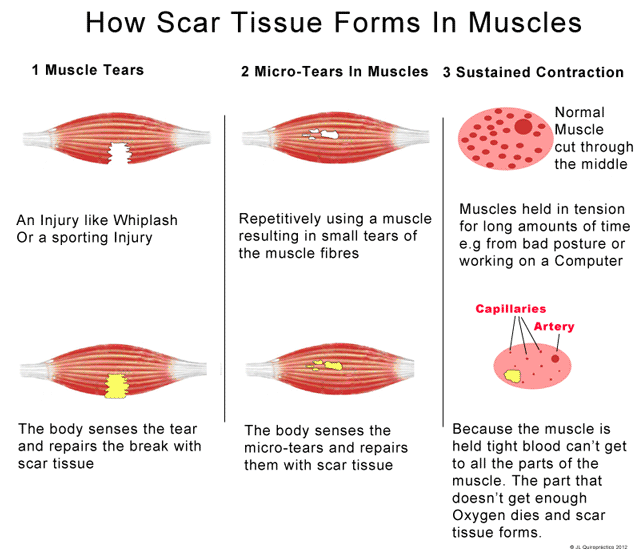
Chances are if you’ve done any research on water, you’ve probably encountered alkaline water. Proponents claim that drinking it can help improve the water’s taste, increase your energy, help you lose weight, help you better absorb foods, help increase your skin quality, and even to help prevent or treat certain cancers.
The problem is all of these claims are scientifically unproven. Those who claim to see such benefits have either experienced the placebo effect or aren’t simply telling the truth.
Even worse, there are side effects of alkaline water which can cause illness over time. To understand why, let’s first review what exactly alkaline water is.
First, let’s discuss acid-base concentrations. The acid-base concentration, or pH, of pure water should be exactly or very close to 7 which is neutral. If water is more acidic, it means it contains more hydrogen ions, and as a result its pH is lower than 7. On the other hand, if water is basic, it has fewer hydrogen ions and has a pH of higher than 7.
This is why pH literally means “potential of hydrogen.” Alkaline water advocates state that drinking more basic (or alkaline water) has health benefits. As mentioned before, there isn’t any backing to these claims.
In fact, the side effects of alkaline water show that it can be bad for you. The body tends to keep its overall pH levels at or close to 7. The average pH of alkaline water is 9 or higher. By consistently drinking alkaline water, you’re forcing the body to work harder to maintain a neutral pH, potentially causing illness over time.
High levels of alkalinity are shown to cause alkaline-induced cell death. Furthermore, cancer cells aren’t affected by alkaline environments. Rather, it’s more acidic environments that help treat cancerous cells. The body, quite simply, was not designed for alkaline water.
Instead of risking the side effects of alkaline water, it’s best to use a good water filtration system instead. Filtration systems and alkaline water are not necessarily the same thing — water with high alkalinity refers solely to its pH level while filtered water is water that’s free of contaminants.
Also, most good quality systems neutralize the water’s pH to be at or as close to neutral as possible.
The more modern systems contain multistage filtration mechanisms that send water through two separate filters to remove contaminants, adjust the pH, and improve the taste of water.
Furthermore, the best systems are “Classified UL Water Quality'” certified. It’s important to note that simply being “UL” certified is not enough and “Classified UL Water Quality” certification should be a standard you look for in any water filtration system.
Other certifications to look for (not necessary but good to have) are the “NSF Water Quality” certification and “California Department of Health” certification since California tends to have more stringent standards than most communities.
On a final note, you should try to avoid bottled water if possible. Unlike filtration systems, bottled water is not required to meet any common standards and doesn’t have any certifications like those listed above. Furthermore, the plastic bottles that water is housed in are dangerous–even a small amount of the chemicals that seep into the water can make you sick.
Instead of bottled water, it’s recommended to filter tap water and carry it in a glass jar or thermos (both of these containers are increasingly becoming popular nowadays).
So in summary, the side effects of alkaline water aren’t worth the time, effort, and investment. Instead of buying alkaline water, or an ionizer to make alkaline water, using a good quality filtration system is the best bet.
Multistage filtration systems are the most modern and efficient systems nowadays. Others don’t tend to filter as many contaminants or use too much water to make them economical.
Keep these things in mind and always do your research when looking into filtration systems. You’ll find that the results over time of drinking cleaner, better tasting water to be well worth the time and effort. For more information, click on over to the site below.

Source by Andrew Putnam
 Vitamin Agent The Health & Naturalistic Source
Vitamin Agent The Health & Naturalistic Source





